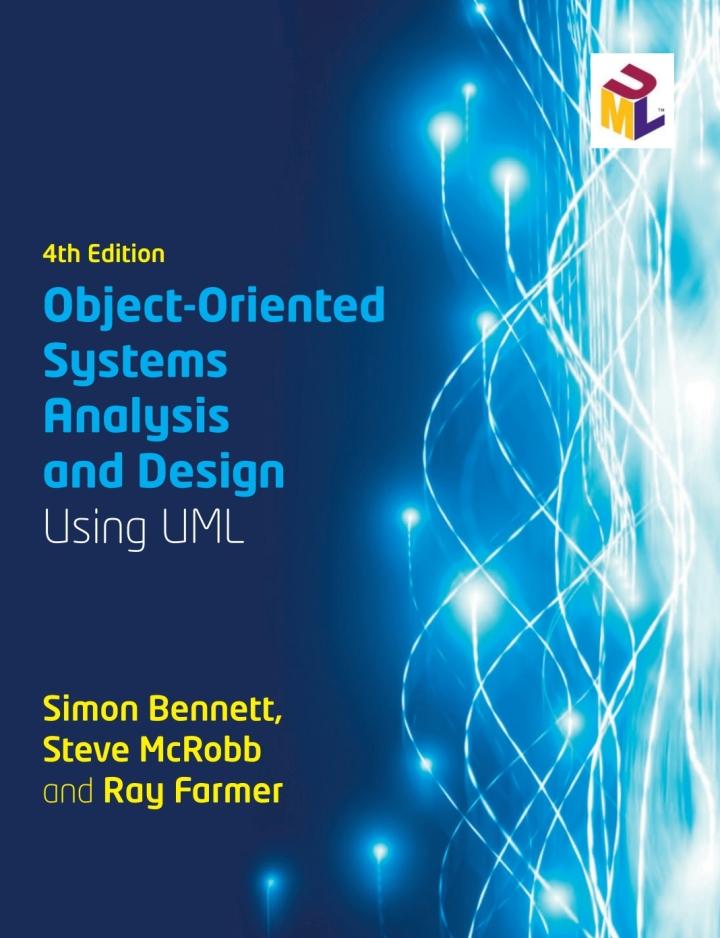Question
Josh started Sweet and Sour tea after a visit to Alabama, where he discovered the brewing market for the drink. John performed market research and
Josh started Sweet and Sour tea after a visit to Alabama, where he discovered the brewing market for the drink. John performed market research and determined that the tea can be sold in two formats:
1. Barrels: Demand for barrels comes primarily from retail stores and local restaurants
2. Cans (Cases of Cans): Demand for cans (and thus cases of cans) comes primarily from private customers.
The implication is that as the economy is improving, demand for barrels goes up significantly, while demand from private customers goes up in a moderate way. When the economy is deteriorating, demand for Barrels goes down significantly, while demand for cans only slightly decreases.
Josh conducted conjoint analysis and built a forecast using three scenarios according to whether the economy is improving, deteriorating, or staying at its current level:
Likelihood: 40%
Monthly Demand in Barrels (in lbs): 4050
Monthly Demand in Cases (in lbs): 22,000
Based on the same research, and considering the variable brewing, packing and filling costs, Josh determined that the contribution margin for barrels is $63, while the contribution margin for cases is $12 due to the more intense competition.
Sweet and Sour Tea leases 3 resources: a brewing machine, a packing and filling machine for barrels, and another packing and filling machine for cans. The lease depends on the capacity of the machine: the leasing cost for the brewing resources (which can be used to brew the tea for either products) is $10 per lbs of tea per month. The leasing cost of the packing and filling is $7.2/lbs per month for the barrels line and $5/lbs per month for the cans line.
Josh has a few days to sign a contract leasing the brewing, filling and packing equipment. He will have to commit to a long-term contract, and thus has to take all costs and forecasts into consideration.
a. What's the monthly value (Profit minus the month leasing cost) if Josh contracts packing equipment for the capacity of 4,050 lbs of barrels of tea per month, 22,000 lbs of cans of tea, and brewing capacity of 26,050.
b. What's the optimal capacity configuration for brewing?
c. What's the optimal capacity configuration for packing barrels of tea?
d. What's the optimal capacity configuration for packing cans of tea?
e. What's the monthly value (profit minus leasing cost) associated with your optimal capacity configuration?
f. What's the rationale behind the capacity proposal?
Step by Step Solution
There are 3 Steps involved in it
Step: 1

Get Instant Access to Expert-Tailored Solutions
See step-by-step solutions with expert insights and AI powered tools for academic success
Step: 2

Step: 3

Ace Your Homework with AI
Get the answers you need in no time with our AI-driven, step-by-step assistance
Get Started


